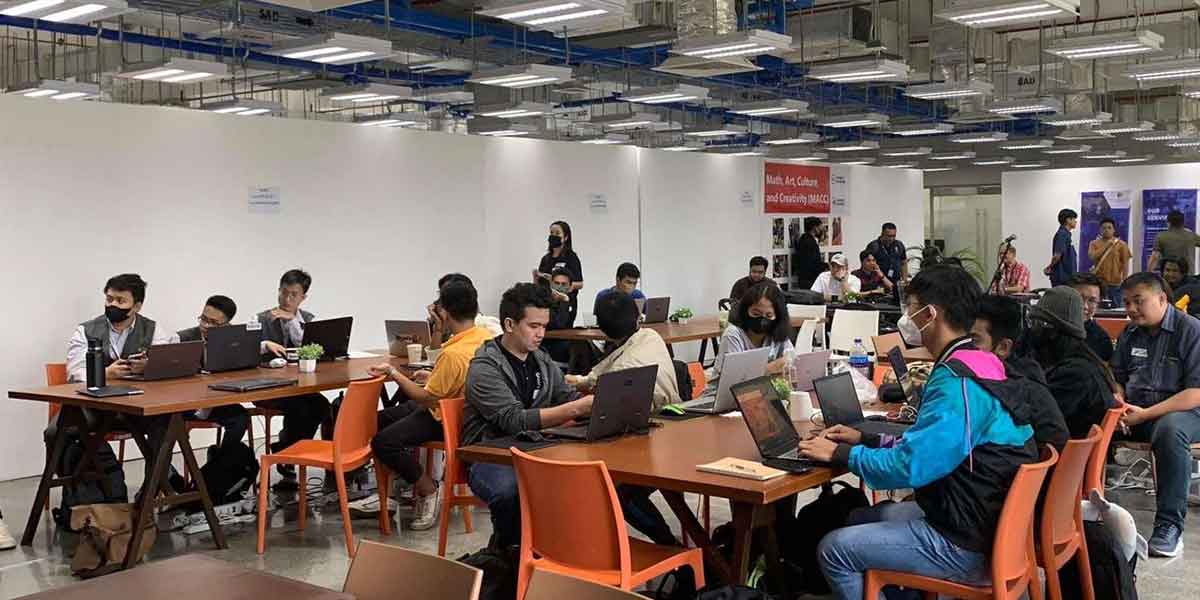By Joshua Corcuera
A jeepney strike was held last week across Metro Manila causing classes in some schools to go online temporarily. Now that things have returned to normal, it remains important to discuss the proposed jeepney modernization program and the possible phaseout of traditional jeepneys.
A main argument in favor of modernizing jeepneys is to ensure that commuters would be able to ride public transportation that is safe, convenient, and environmentally-friendly. To be candid, modern jeepneys seem to meet these requirements. Since they are new, they do not emit too much smoke as compared to traditional jeepneys, especially much older ones. Furthermore, modern jeeps are convenient in that they are air-conditioned, making riders feel comfortable as they go to their destinations. Lastly, modern jeeps are safe since they are equipped with surveillance cameras which deter criminals from committing crimes on these new transport vehicles, unless they want to risk being caught in camera.
When I commute from my residence to school, I usually take a modern jeep. As far as the environment is concerned, I have observed that most of the new jeeps do not release black smoke. As to safety, though there are surveillance cameras inside modern jeeps, the mere fact that there are a lot of standing commuters during rush hour still provides an opportunity for snatchers to steal the property of others. One time, when I was going home from Manila City Hall—which is where I usually ride on the way home—I was fortunate to take a seat, while roughly a dozen other commuters stood in the modern jeep. The funny thing is that the conductor was still accepting commuters. “Pasok lang meron pa,” I recall the conductor saying back then. Good thing that I did not lose any possession during that rush hour commute. Lastly, as to convenience, I have to acknowledge that there are some modern jeeps whose air conditioners are not working well. Although this is not entirely a bad thing, this may become a problem when there are a lot of commuters riding that modern jeep as these vehicles are not well-ventilated without an air conditioner.
Sometimes, I commute through the traditional jeep. The common thing I dislike among traditional jeepneys is that they tend to be noisy and, worse, some of them release black smoke which is painful to the environment. However, even though it does not have an air conditioner, it is open and well-ventilated. Furthermore, the fare for traditional jeeps is lower as compared to their modern counterparts. Still, however, there is a possibility for criminals to commit crimes, such as holdup, in traditional jeeps due to the lack of surveillance cameras.
With these facts said, it cannot be denied that modernizing jeeps would be inevitable because of the advantages provided by these modern vehicles. But, I am against a total and sudden traditional jeepney phaseout. We have to remember that a modern jeep costs millions; this is impractical for certain jeep operators. As a concrete example, there are jeep routes that do not exceed four kilometers.
Would you expect jeepney operators to buy modern jeeps—some even up to PhP 2.4 million per unit—to traverse a route of less than four kilometers? Even if we divide the cost by half to PhP 1.2 million per unit, I doubt that operators in these short-distance routes would buy modern jeeps in lieu of traditional jeeps.
A sudden phaseout of traditional jeeps is anti-poor and must be rejected. Rather, a gradual phaseout to protect the livelihoods of jeepney drivers must be ensured, with very old, unsafe, and polluting jeepneys being removed from the roads, not literally all traditional jeepneys.
It is important to modernize jeeps to provide safety to commuters and lessen the damage to the environment. However, we should demand a pro-people modernization, one which does not compromise the livelihood of thousands of jeepney drivers.






















